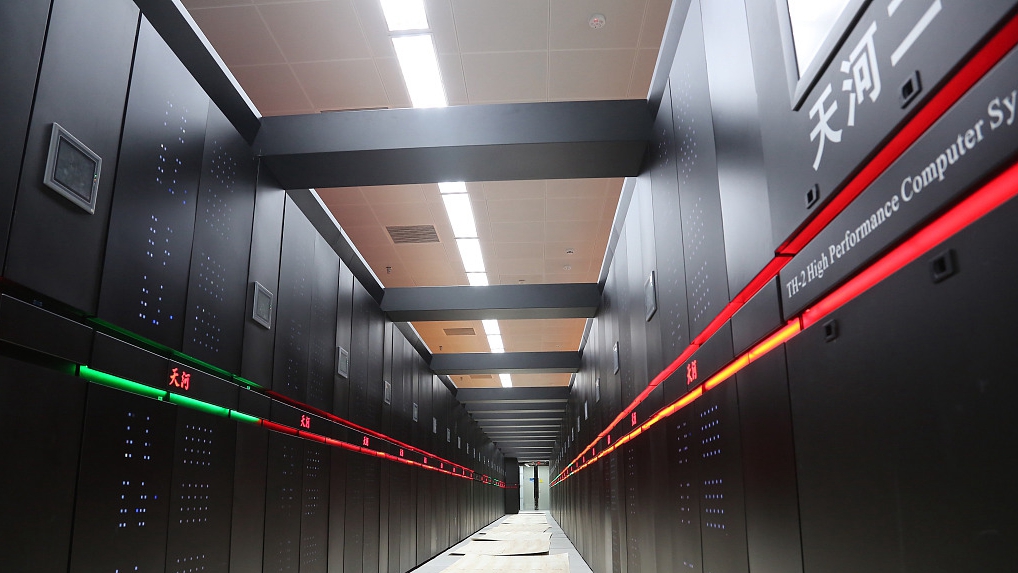Watch out Elon Musk.

Credit: Geely
China-based Geely Automobile launches LEO satellites
Nuying Huang, Taipei; Adam Hwang, DIGITIMESMonday 13 June 2022
Credit: Geely
China-based automaker Geely Automobile Holdings has launched its first nine low Earth orbit (LEO) satellites, paving the way for equipping its cars with satellite-based high-precision navigation systems.
Geespace's terrestrial base station in Korla, China has reported that they have connected the first nine GeeSAT-1 satellites and that they are all functioning correctly post launch. These first satellites are part of a planned constellation - the Geely Future Mobility Constellation - that will consist of 240 satellites, with the first phase of 72 satellites expected to be placed in orbit by 2025, said the company. The second phase will follow consisting of 168 satellites.
Geespace's GeeSAT-1 are the first modular, high-resilience, high-performance, mass-produced low-orbit satellites in China. They will provide centimeter accurate precise positioning and connectivity support for use by automotive brands in the Geely Holding portfolio, enabling autonomous driving.
CategoriesGeespace's terrestrial base station in Korla, China has reported that they have connected the first nine GeeSAT-1 satellites and that they are all functioning correctly post launch. These first satellites are part of a planned constellation - the Geely Future Mobility Constellation - that will consist of 240 satellites, with the first phase of 72 satellites expected to be placed in orbit by 2025, said the company. The second phase will follow consisting of 168 satellites.
Geespace's GeeSAT-1 are the first modular, high-resilience, high-performance, mass-produced low-orbit satellites in China. They will provide centimeter accurate precise positioning and connectivity support for use by automotive brands in the Geely Holding portfolio, enabling autonomous driving.

